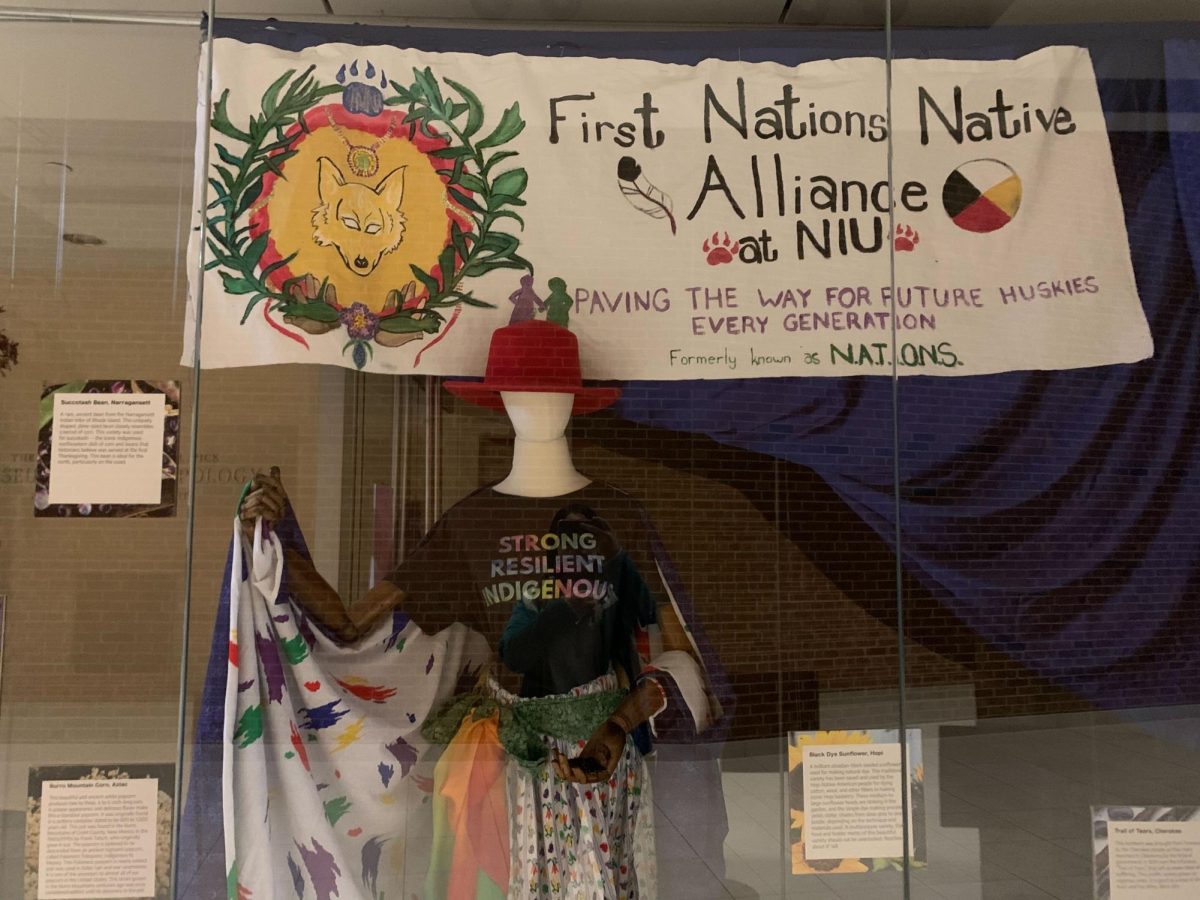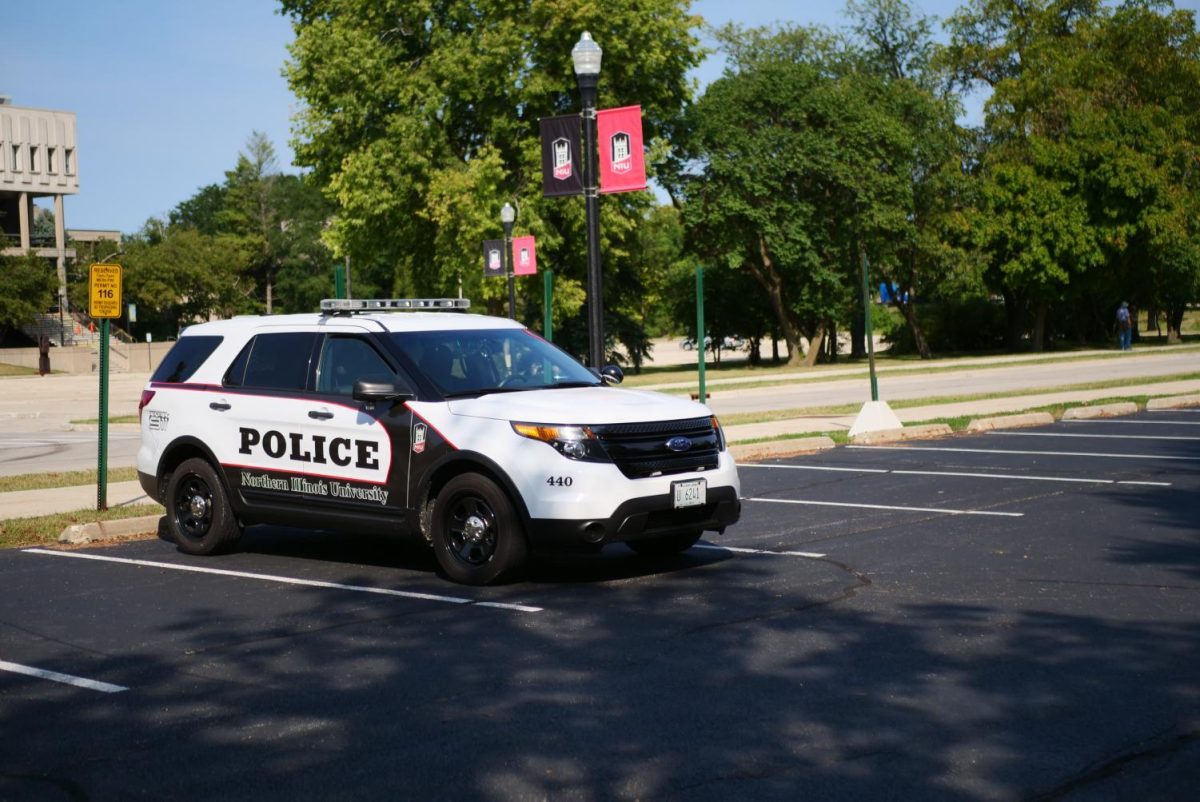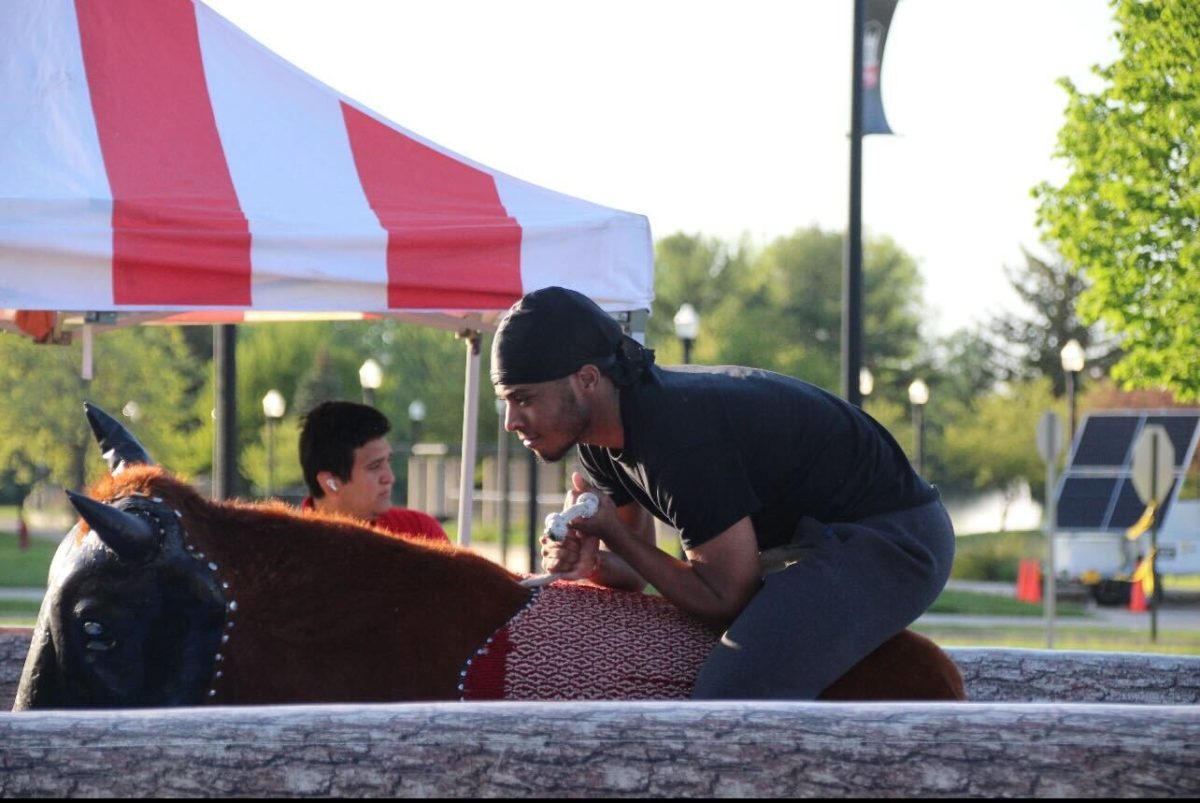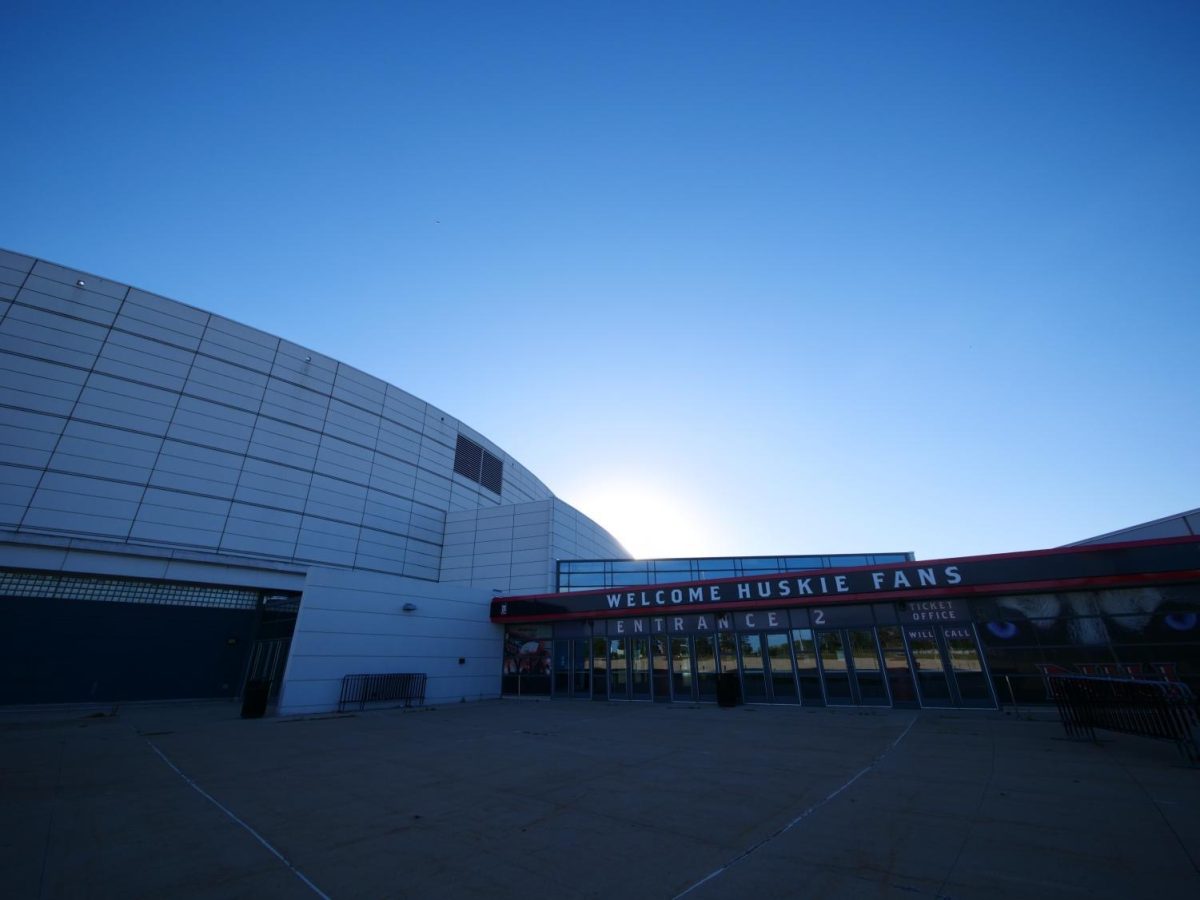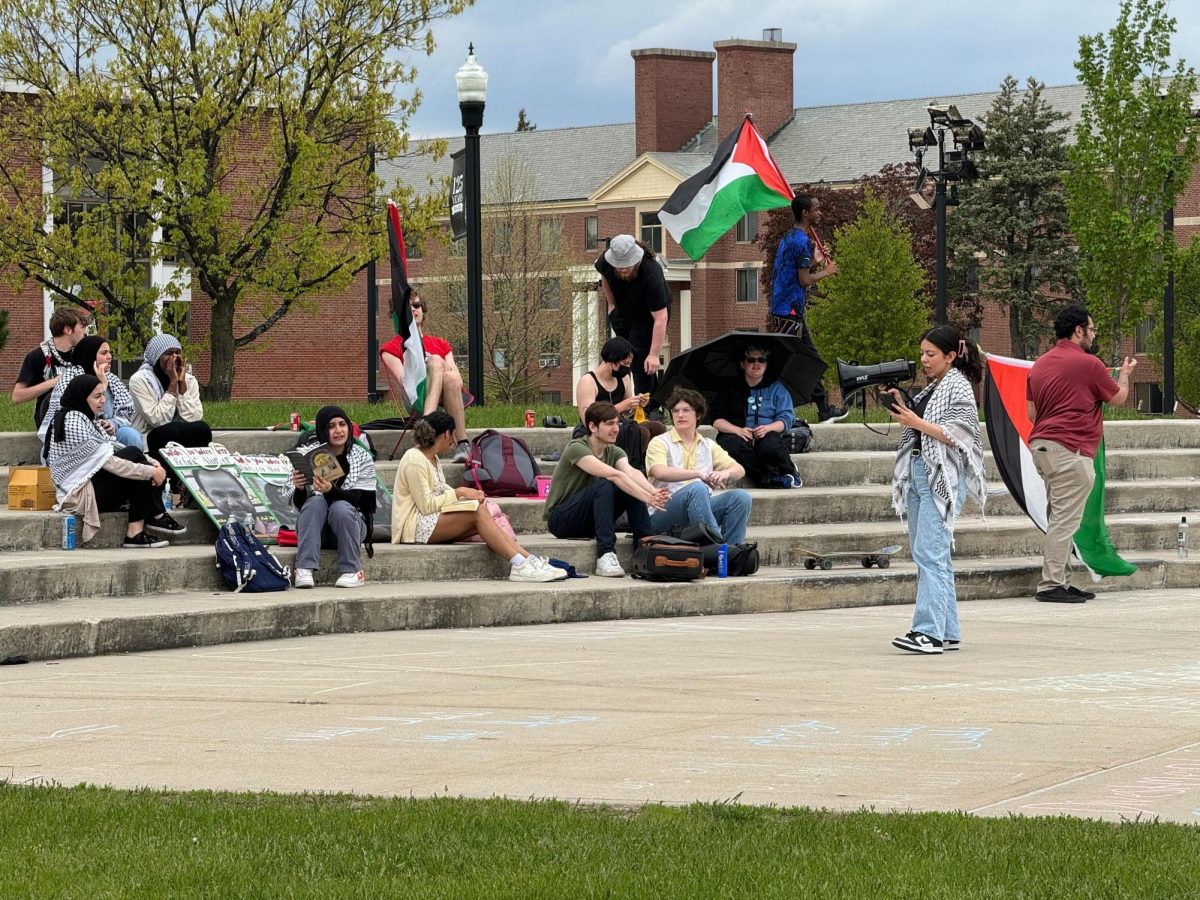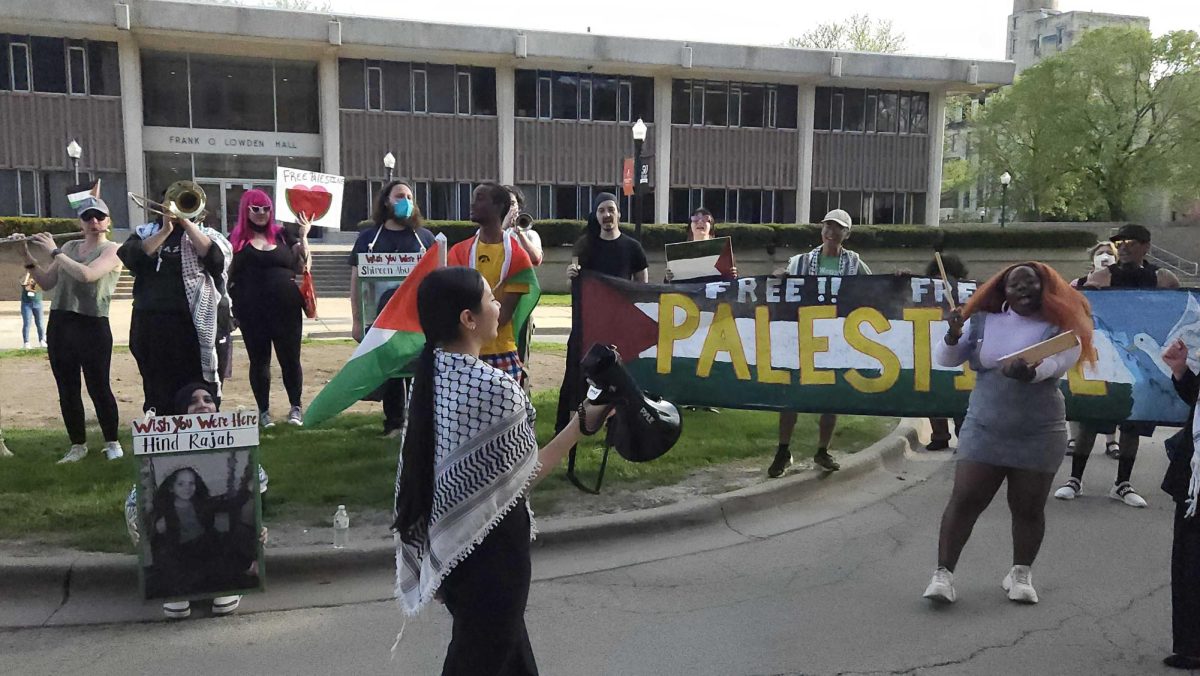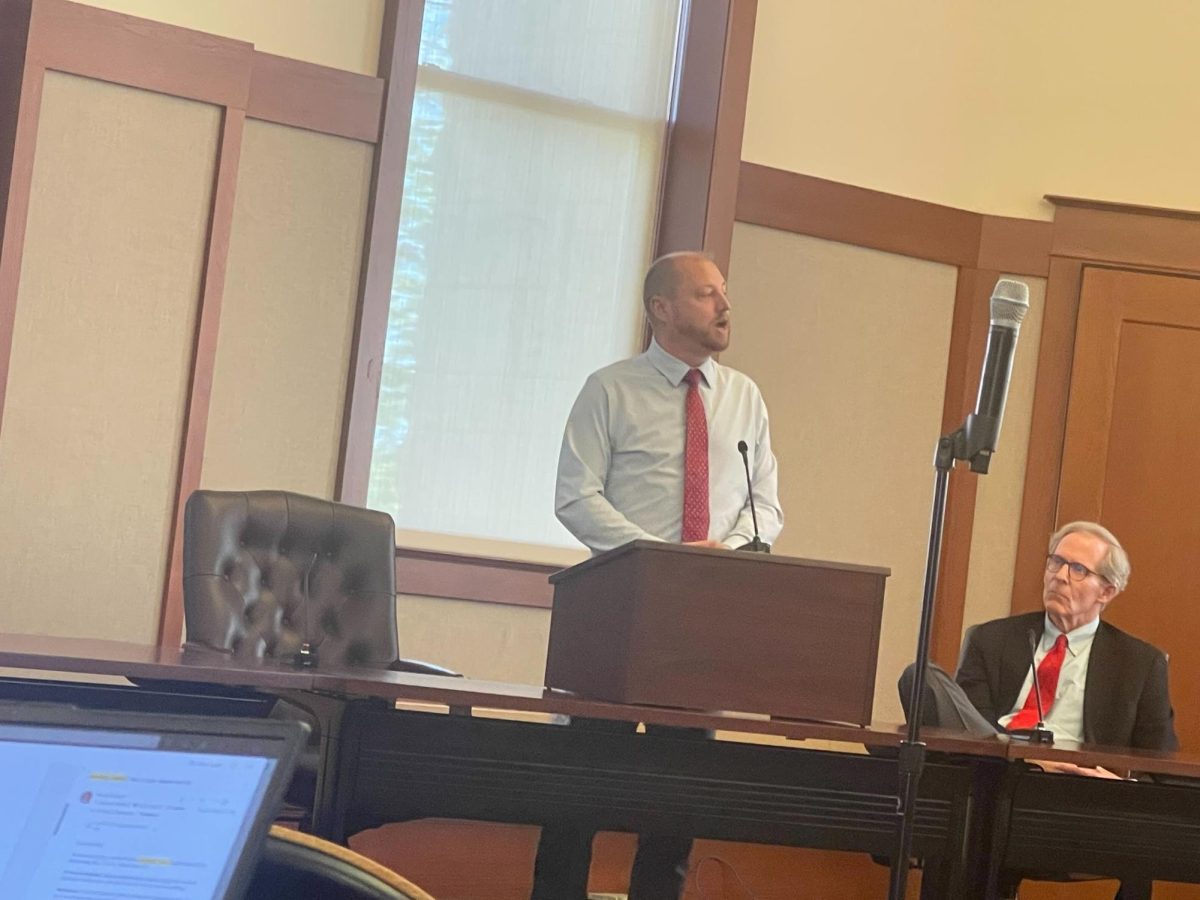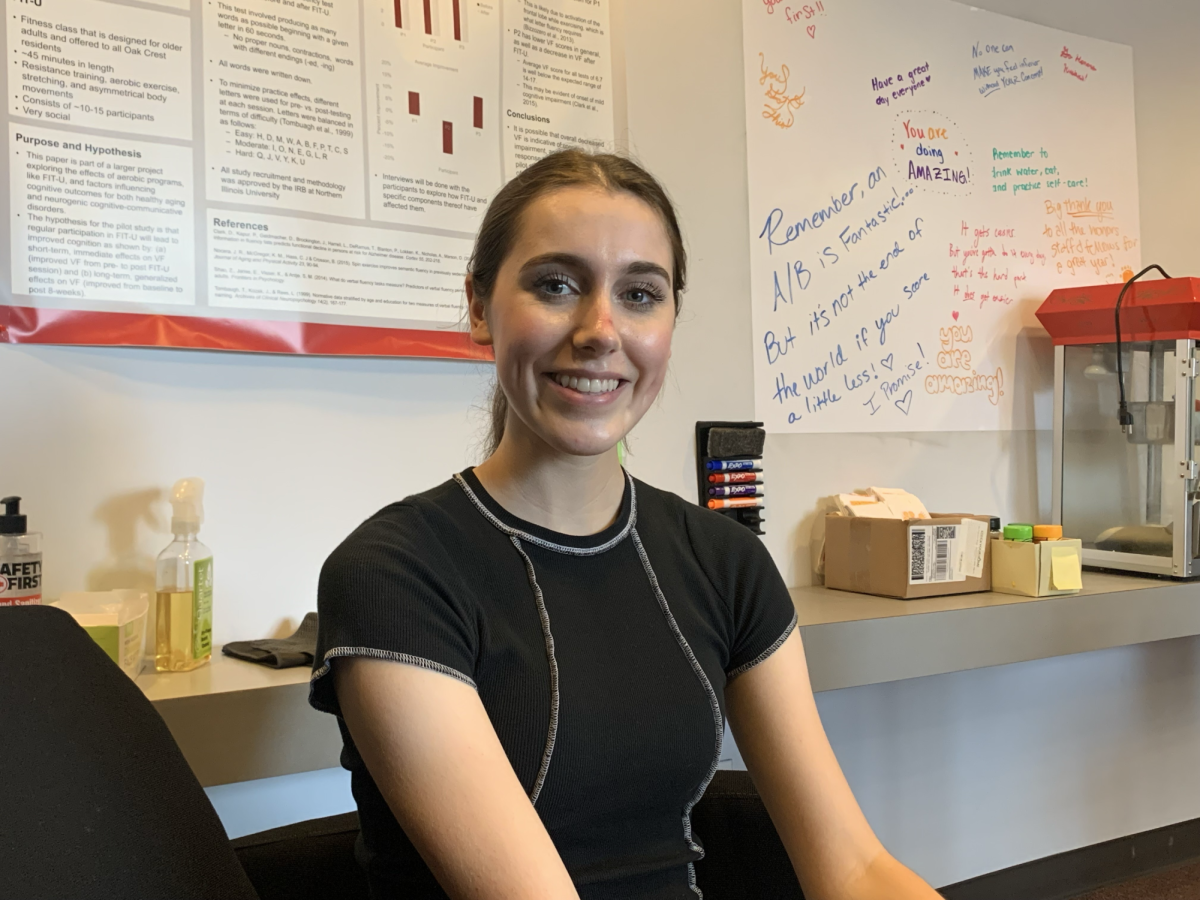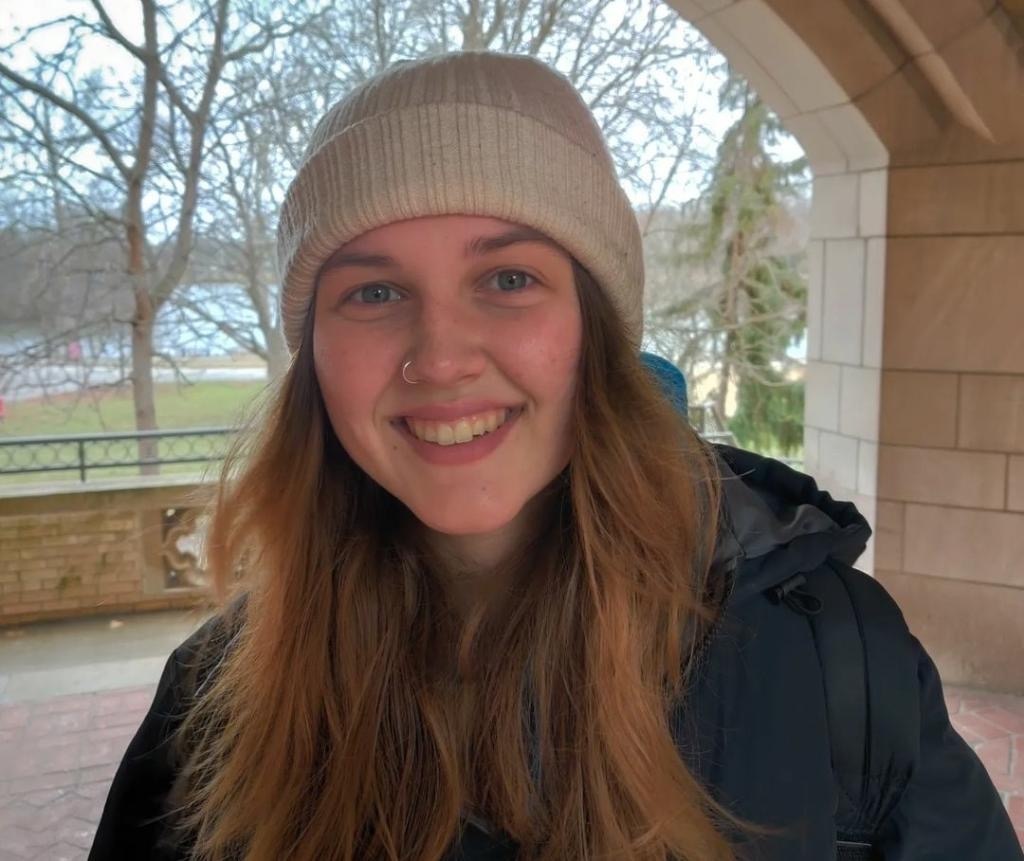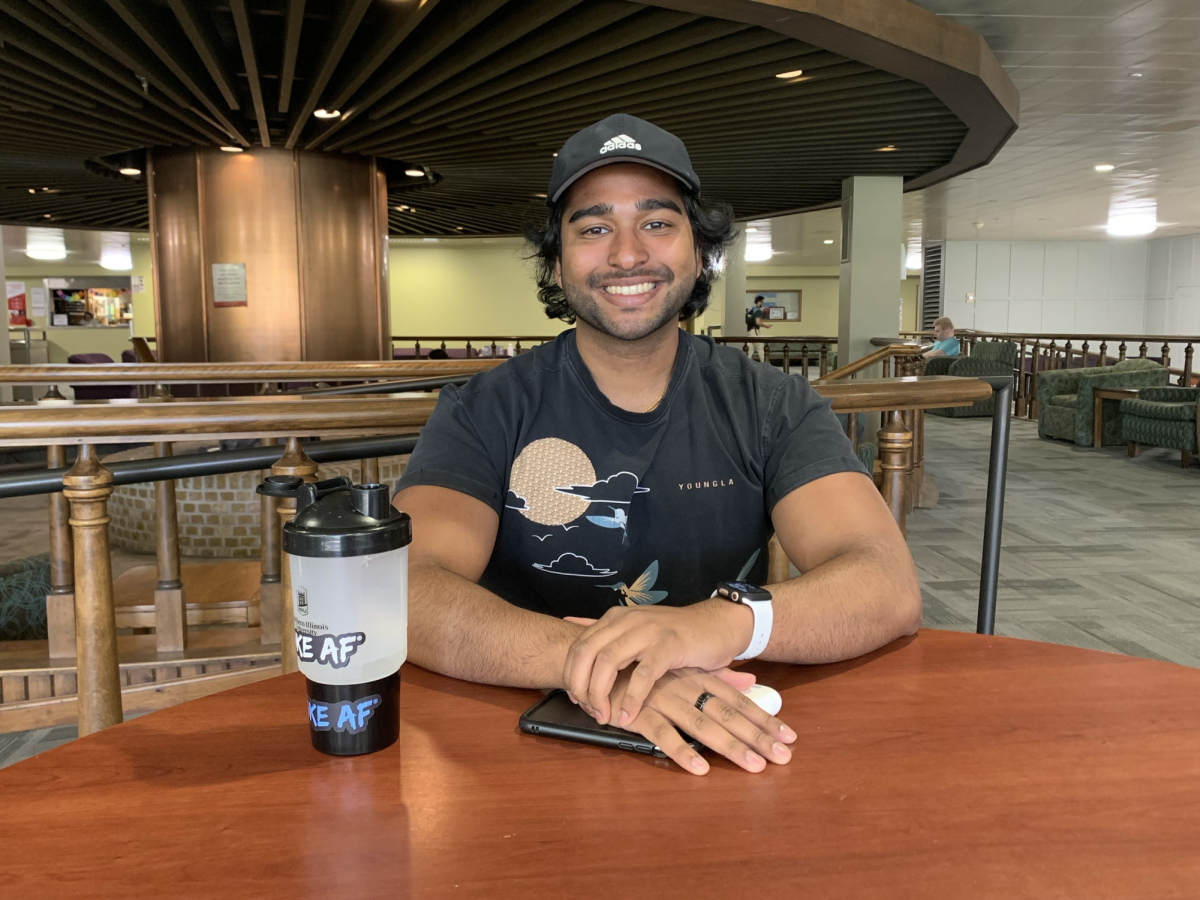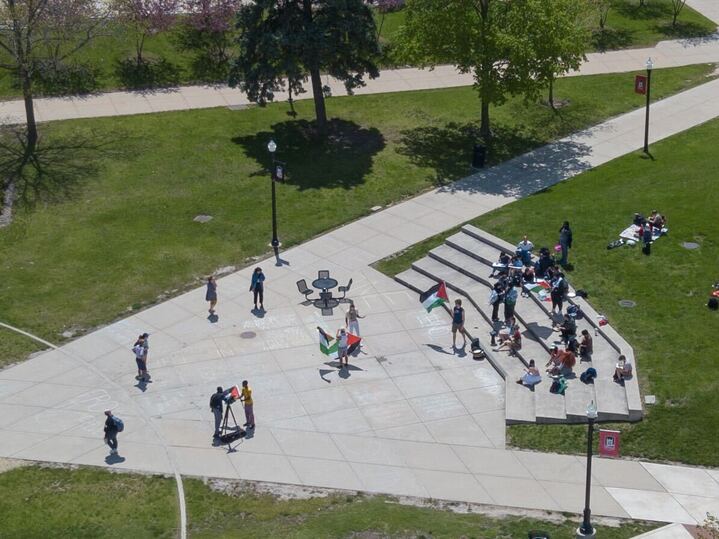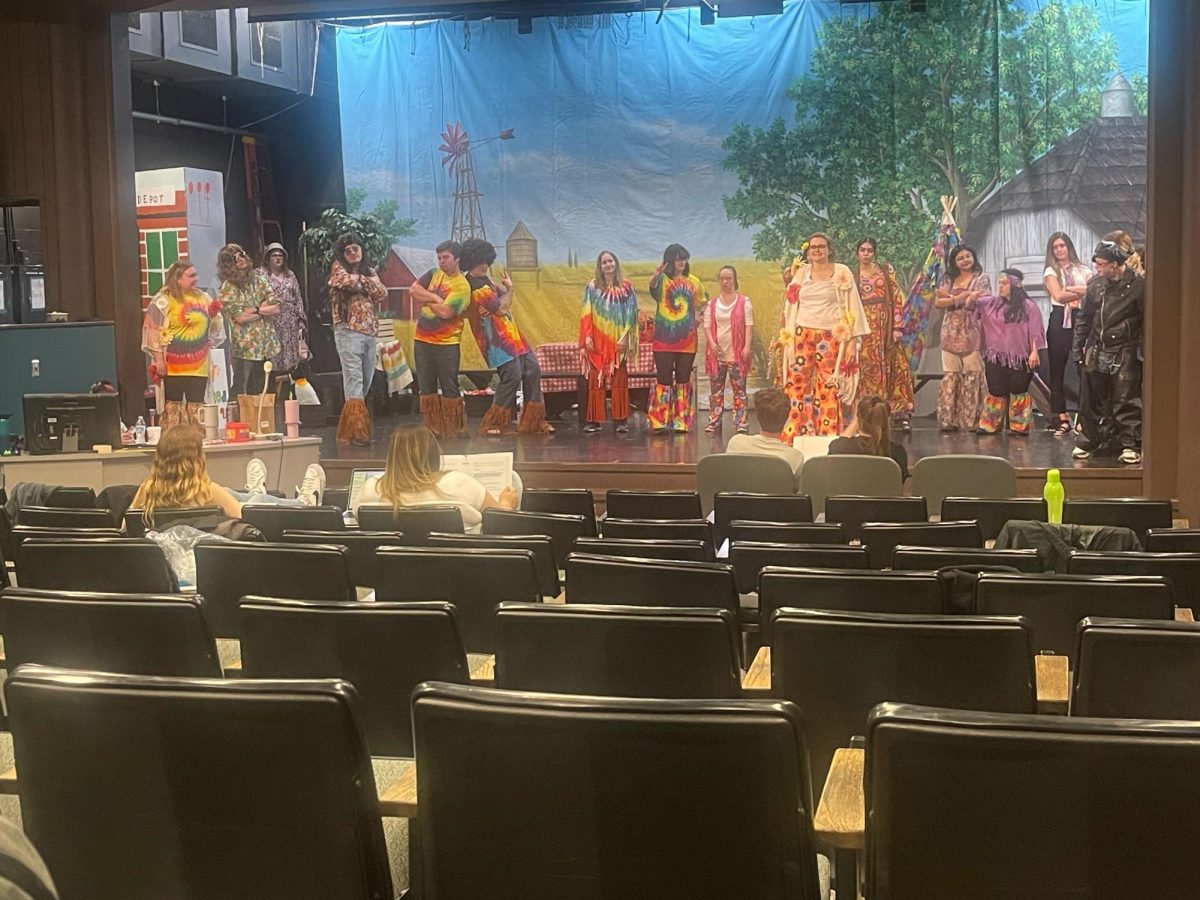DeKALB – Before every play, concert or official university meeting at NIU starts, students and staff hear a statement read aloud.
In less than 30 seconds but in distinct succession, a speaker acknowledges that “we,” the university or the individuals occupying it, are on the traditional lands of the Peoria, Kaskaskia, Piankashaw, Wea, Miami, Mascoutin, Odawa, Sac, Mesquaki, Kickapoo, Potawatomi, Ojibwe and Chickasaw Nations.
While the statement hopes to pay homage to the original occupants of the university’s land, many who listen to the statement aren’t aware of its history nor of any of the actual tribes mentioned.
Authors of the statement Natalie Joy, associate professor in the history department, and Melissa Adams-Campbell, director of the undergraduate program and assistant professor in the English department, hoped the statement would be a conversation point into their larger goal of spreading awareness for NIU’s indigenous population.
“We really hoped that this would be a starting point, you know, something that wouldn’t, you know, wouldn’t just be read, and I’m glad to hear it is being used, but that it’s also a beginning of a longer process of decolonizing the university to really grapple with what that means,” Joy said.
Before the city of DeKalb or NIU was founded in the 1800’s, several Indigenous tribes called the university’s land their home.
These include the Anishinaabe peoples—Niswi-mishkodewinan, also known as the Council of the Three Fires, which comprises the Potawatomi, Ojibwe and Odawa tribes. Other individual groups included the Sac and Fox, Kickapoo, Peoria, Miami and Sioux.
The statement identifies that these groups were removed from the area as a result of “ethnic cleansing and forced relocation” based on the Treaty of St. Louis in 1804 and the Second Treaty of Prairie du Chien in 1829.
It was almost 200 years later that Joy and Adams-Campbell thought it was the university’s time to give reparations to these communities.
“We do it to acknowledge Native American presence in our communities, to recognize Native American ownership of land and to recognize the ways that settler colonialism have impacted native ownership of land,” Adams-Campbell said. “And so I think when we have that awareness, then we can be good allies.”
Several distinct universities including DePaul University and Northwestern University have adopted their own land acknowledgement paying homage to their university’s original occupants.
While Adams-Campbell and Joy created their statement with the help of feedback and Indigenous students on campus, they acknowledge that they aren’t the ones who should have the largest voice in the reparation conversation.
“Natalie and I hoped to do, in our land acknowledgement project, was just to draw attention to the fact that we have Native students on campus,” Adams-Campbell said. “They have difficulty locating one another, they have difficulty finding course work that might appeal to their particular interests because there is not a central center for Native studies – I mean, not even just a minor.”
According to NIU’s undergraduate enrollment numbers, NIU’s undergraduate American Indian population combined with its Alaska Native population is below 1%, within the 15,504 fall undergraduate students.
Debbie Allen, senior political science international relations major, assisted in writing the statement but feels like its message is not being understood by students.
“If you’ve read it, and then you walk into a classroom, you can tell that those things are not happening in classrooms, like, education is not improving surrounding Indigenous people,” Allen said.
In the full statement, the university acknowledges the presence of its Native communities. The agreement goes on to commit itself towards educating its surrounding community about Native history while creating “authentic relationships” with its Indigenous students, faculty and staff.
Allen said she’s struggled with that “authenticity” from her role as the president of First Nations Native Alliance, NIU’s only Indigenous student group.
“We don’t have a gathering place on campus,” Allen said. “We have to rent a room or a space and that makes every single one of our meetings a little bit more difficult. Especially when we have more than like five people who want to show up.”
The lack of a central meeting space is where Allen said the few members of Indigenous students within the group often feel forgotten by the university.
The group has been recently advocating for an Indigenous Student Resource Center and Allen hopes to promote an online survey on their Instagram that would help create awareness for the project. In the meantime, she hopes her efforts can be acknowledged by the community and the university can better listen to its Native voices.
“We’re still trying to fight for our spot to be heard right now, and I hope that the school can go forward to make those moments really impactful instead of degrading us further by only talking about us in November,” Allen said.



